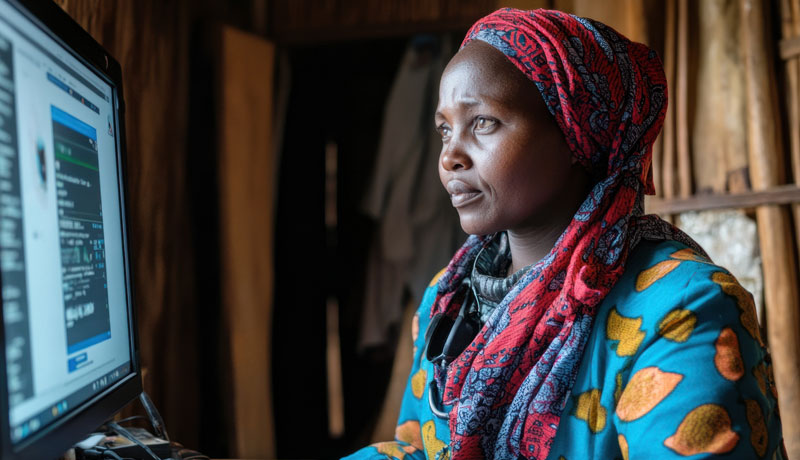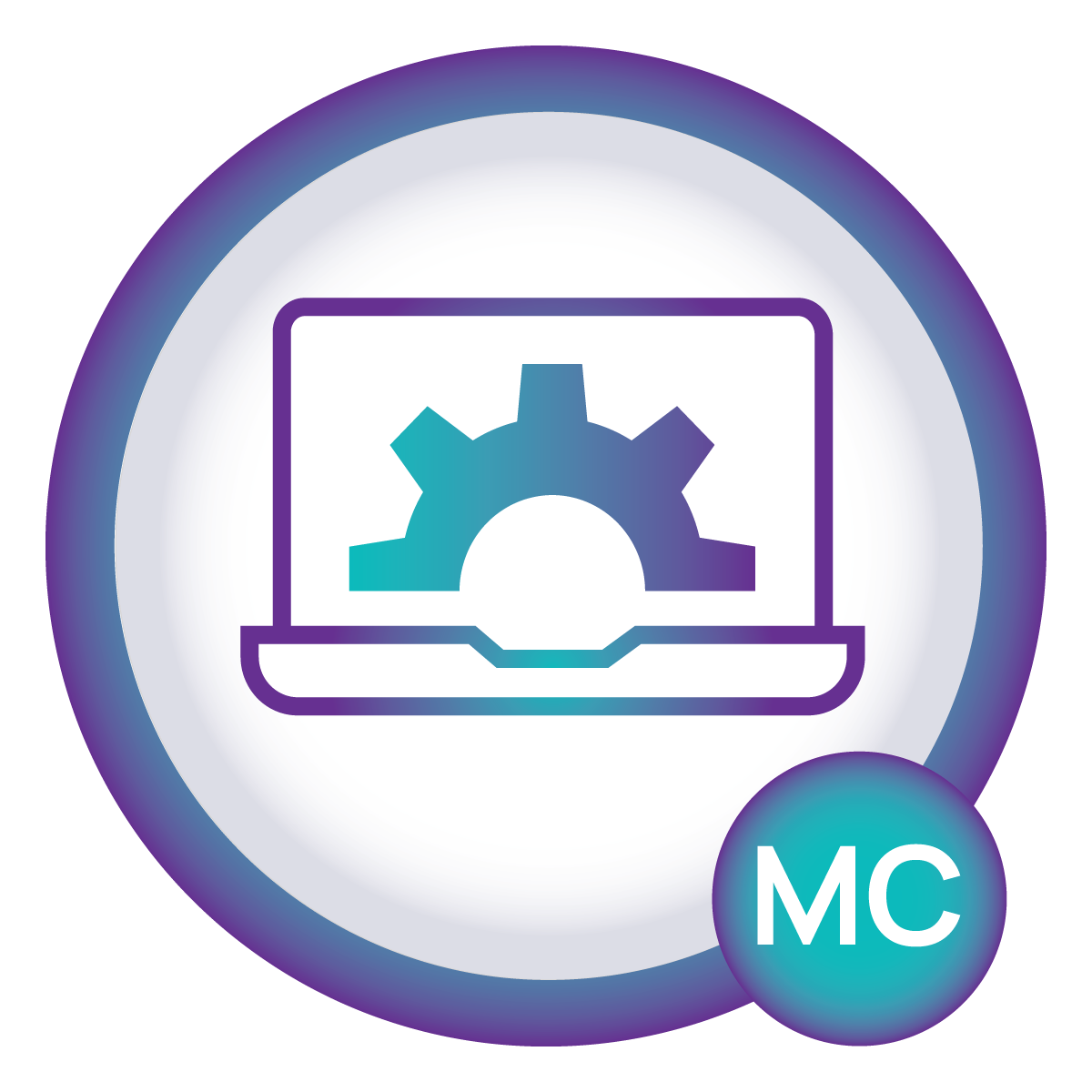
Our Business
Material matters

3. Global economic uncertainty

What it means to NSSF
Uganda’s economy demonstrated resilience in FY2024/25, with GDP growth rising to 6.3%, stable inflation, and a 3.6% appreciation of the shilling against the US dollar, creating a favourable environment for the Fund’s contributions growth, investment performance, and product uptake. Growth is projected to strengthen to 7.0% in FY2025/26, driven by infrastructure and oil-sector activity, with potential upside if planned investments proceed on schedule.
Stable inflation may allow gradual policy rate cuts, further supporting economic activity, though external volatility and political uncertainty ahead of the general elections remain key risks. The Fund will continue to focus on protecting assets and seizing opportunities in line with evolving macroeconomic conditions.
Short-term mitigation response
- The Fund is a long-term investor; hence our strategy is not to respond to short term market movements
- The Fund prudently invests in treasury bonds, equities, and real estate
Long-term mitigation response
- Monitoring market variables and adjusting the portfolio mix to respond to the changing market environment
- Align the Fund’s investment strategy more directly with Uganda’s national development goals
- Explore targeted investments in infrastructure and community development that not only generate sustainable returns but also create jobs, improve livelihoods, and strengthen our economy
Opportunities and impact on the business model
- There is an opportunity to acquire quality stocks and assets at low prices, particularly for companies with strong fundamentals and as signs of economic stability emerge in Kenya
Targets
- Return to members is at least 3% above 10-year average inflation
- Collections - UGX 2.38Tn
- New members recruited – 700,000
Capitals




Risks


4. Digital acceleration

What it means to NSSF
NSSF has implemented a robust off-the-shelf core pension system (Octopas) aimed at improving efficiency, enabling product innovation, and creating a seamless customer experience. However, increasing customer demands and emerging security risks requires further focus on the following:
- End-to-end automation of our core processes (registration, collection, claims initiation) to ensure faster and more secure member benefit payouts
- Increased automation creates efficiencies but introduces potential vulnerabilities to cyberattacks, requiring robust security measures
- Leveraging member data effectively for informed decision-making and improved member services
Short-term mitigation response
- Deploy Platform Next: An in-house developed next-generation digital architecture to accelerate process automation, improve integration across systems, and build long-term internal capabilities, preparing for a post-Octopas era and ensuring the Fund remains agile and technologically competitive
- Develop AI capacity: Roll out an AI policy and build the skills and infrastructure needed to apply AI across operations, enhancing decision-making, automation, and member experience
Long-term mitigation response
The Fund will develop programmes to expand membership, focusing on:
- Develop and launch new products and benefits quickly so members can access them without delay
- Enhance service delivery and reduce operational costs to return more value to members
- Build internal capabilities to reduce reliance on costly external system providers
- Use digital channels, including automated registration, chatbots, and AI, to cost-effectively reach the informal sector
- Apply predictive AI to speed up benefit processing by preparing payouts ahead of claims
Opportunities and impact on the business model
- Our digitisation efforts, including process automation, have improved the customer experience and expanded coverage, allowing members to register anytime, anywhere, and contributing to higher satisfaction scores
- The implementation of new systems has enhanced our ability to serve customers globally, reducing turnaround times for benefit payments. This leaner, more scalable model lowers the cost-to-serve, supports faster product rollouts, and enables diversification into offerings such as health insurance and targeted solutions for the agriculture and informal economy sectors
Targets
- Benefits processing turnaround time: 4.6 days
- Implement Platform Next
- Develop an AI Policy
Capitals


Risks



